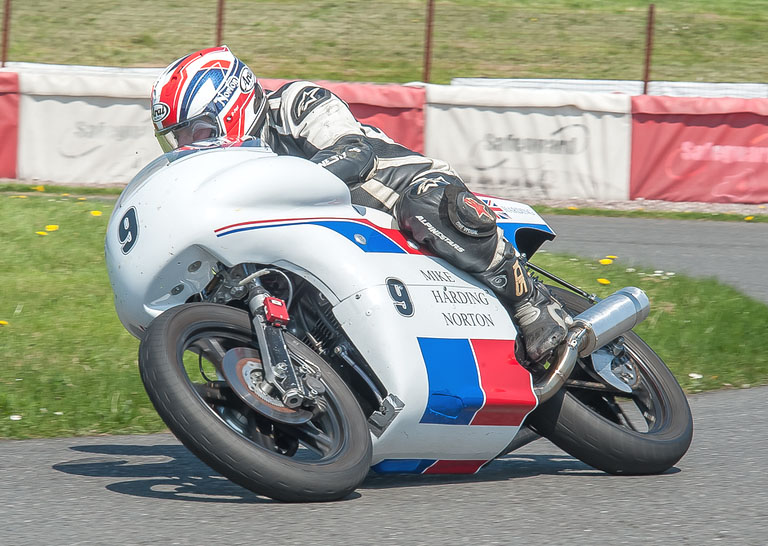- Joined
- Nov 26, 2009
- Messages
- 3,374
I do not claim to be ‘the authority’ on cam design. But I do have new successful cam designs on the market already.
Stan Keyes won the AHMRA bears classic road race championship this year in the US with a new JS2 cam design.
See Mike Harding’s immaculate UK road racer below with new JS2 cam design, the dyno chart, and a vid of him off the starting line.

Mike's 85HP dyno pull with new JS2 cam design.

Mike starting in 2nd place pulling a wheelie.
Others are also enjoying success. As they say - “when the flag drops the BS stops”
***************************************************************************
About John Andrews who created the cam design software I use - this guy developed the cam for the Harley XR 750 - one of the most successfull pushrod twin racing engines ever.
Stan Keyes won the AHMRA bears classic road race championship this year in the US with a new JS2 cam design.
See Mike Harding’s immaculate UK road racer below with new JS2 cam design, the dyno chart, and a vid of him off the starting line.
Mike's 85HP dyno pull with new JS2 cam design.
Mike starting in 2nd place pulling a wheelie.
Others are also enjoying success. As they say - “when the flag drops the BS stops”
***************************************************************************
About John Andrews who created the cam design software I use - this guy developed the cam for the Harley XR 750 - one of the most successfull pushrod twin racing engines ever.
Last edited:
